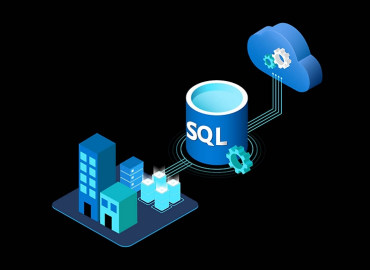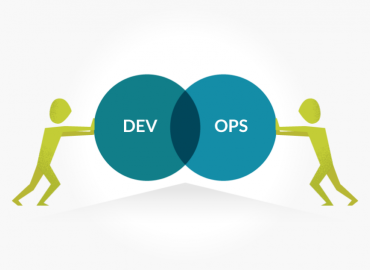Tabular Data Stream (TDS) Protocol is a technology that is widely used for data transfer. It is a protocol that facilitates the transfer of data between different applications and database management systems. The TDS protocol has gained popularity due to its efficiency, flexibility, and robustness. In this article, we will dive deep into the TDS protocol and explore its features and advantages.
What is Tabular Data Stream Protocol?
Tabular Data Stream (TDS) protocol is a technology that facilitates the transfer of data between different applications and database management systems. TDS is a binary protocol that enables the transfer of data in a tabular format, which makes it easy to process and analyze. The TDS protocol is widely used by Microsoft SQL Server, Sybase, and other database management systems.
Features of Tabular Data Stream Protocol
TDS protocol has several features that make it efficient and flexible. One of the key features of the TDS protocol is its ability to transfer large amounts of data quickly. This is achieved by using a binary format that reduces the size of the data being transferred. Another feature of the TDS protocol is its ability to support multiple data types, which makes it easy to transfer different types of data between applications and database management systems.
Advantages of Tabular Data Stream Protocol
The TDS protocol has several advantages that make it a popular choice for data transfer. One of the key advantages of the TDS protocol is its efficiency. The binary format used by the TDS protocol reduces the size of the data being transferred, which makes it faster and more efficient than other protocols that use text-based formats. Another advantage of the TDS protocol is its flexibility. The TDS protocol can be used to transfer data between different applications and database management systems, which makes it a versatile technology.

The Future of Tabular Data Stream Protocol
The TDS protocol has been around for several years, and it continues to evolve. One of the key areas where the TDS protocol is being used is in cloud computing. Cloud computing has become increasingly popular, and the TDS protocol is being used to transfer data between different cloud-based applications and database management systems. As cloud computing continues to grow, the TDS protocol is likely to become even more important.
In conclusion, the Tabular Data Stream (TDS) Protocol is a robust, efficient, and flexible technology that is widely used for data transfer. The TDS protocol’s ability to transfer large amounts of data quickly, support multiple data types, and its efficiency and flexibility make it a popular choice for data transfer between different applications and database management systems. As technology continues to evolve, the TDS protocol is likely to play an increasingly important role in data transfer, especially in the area of cloud computing.





